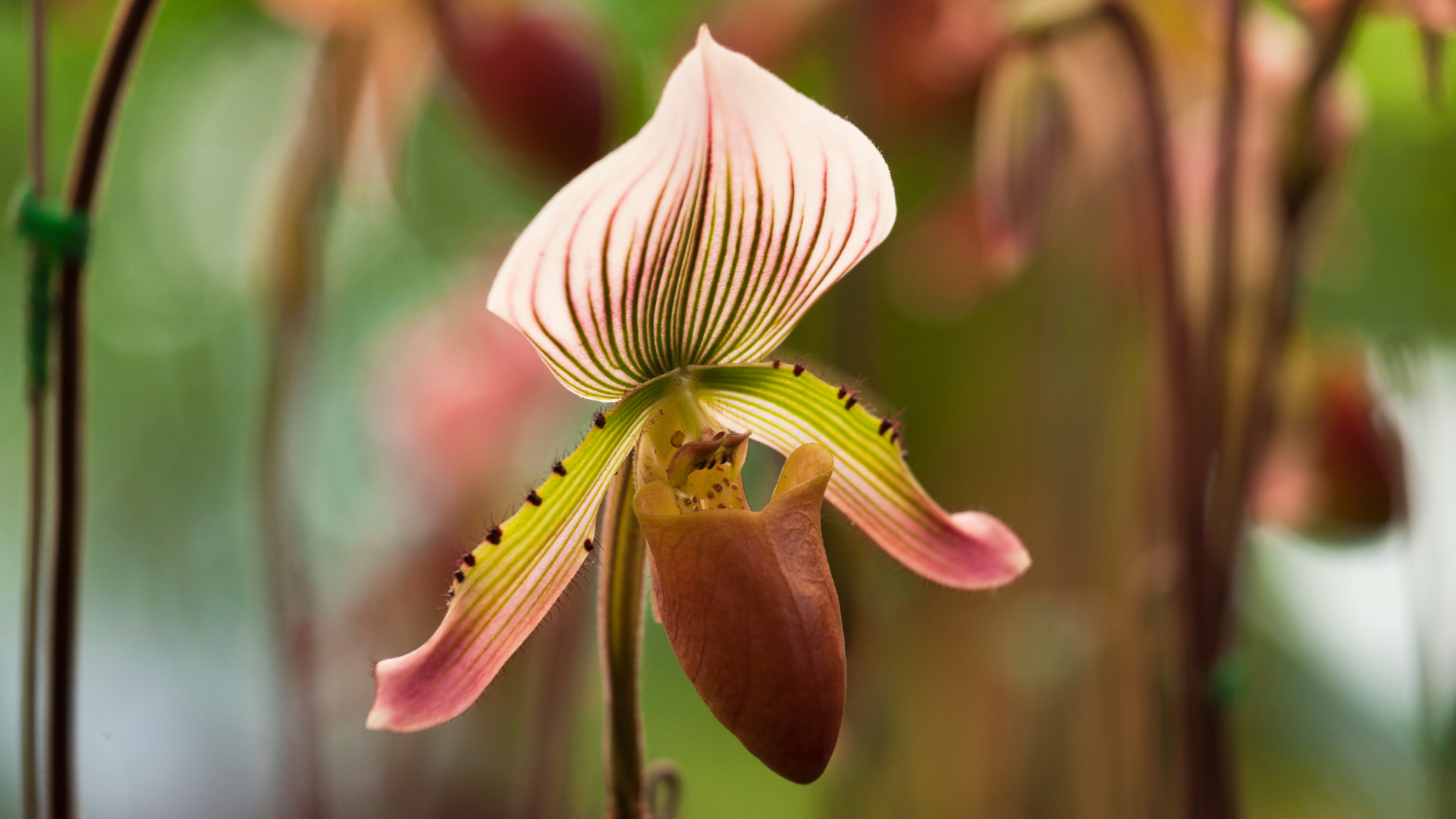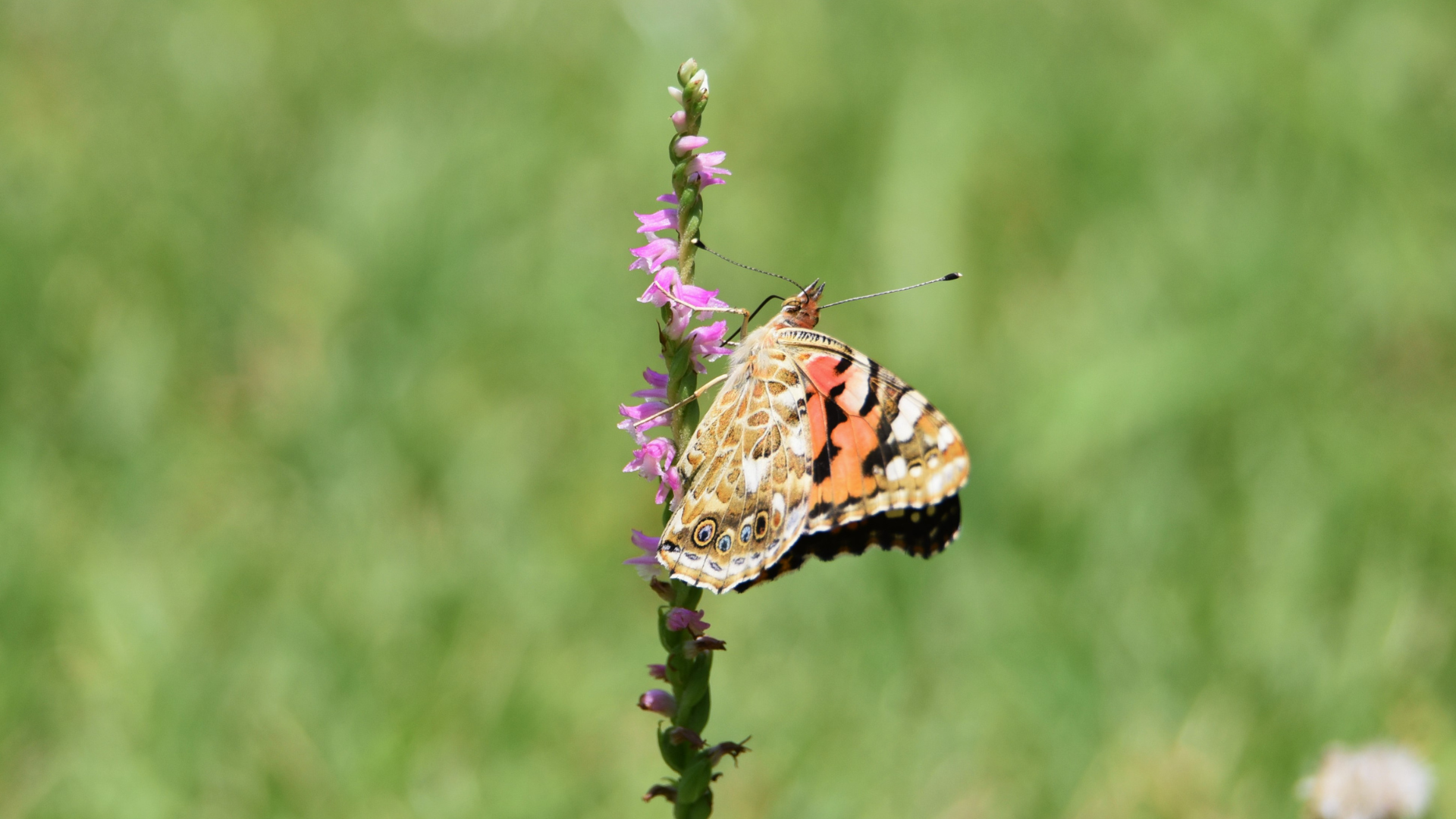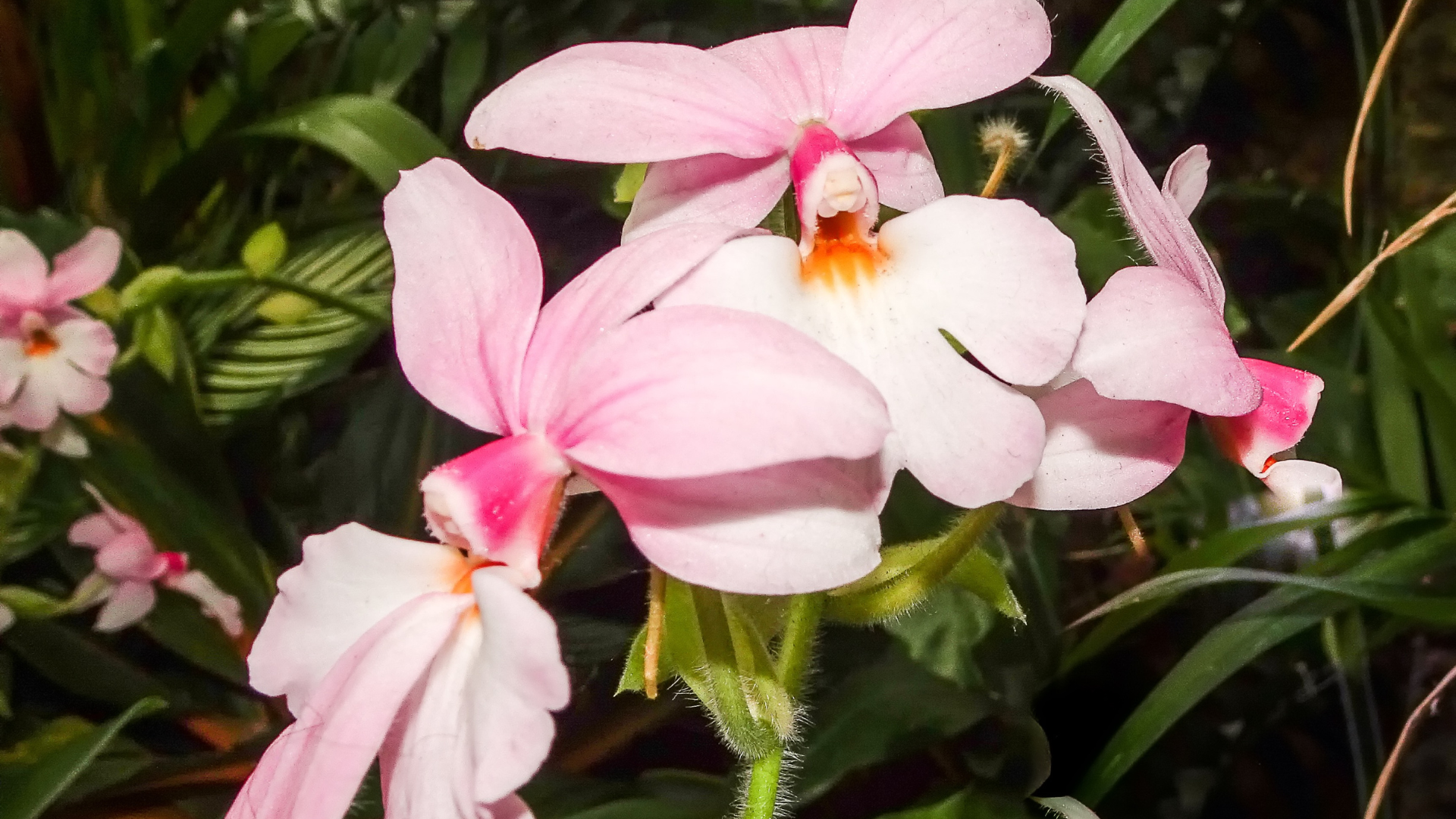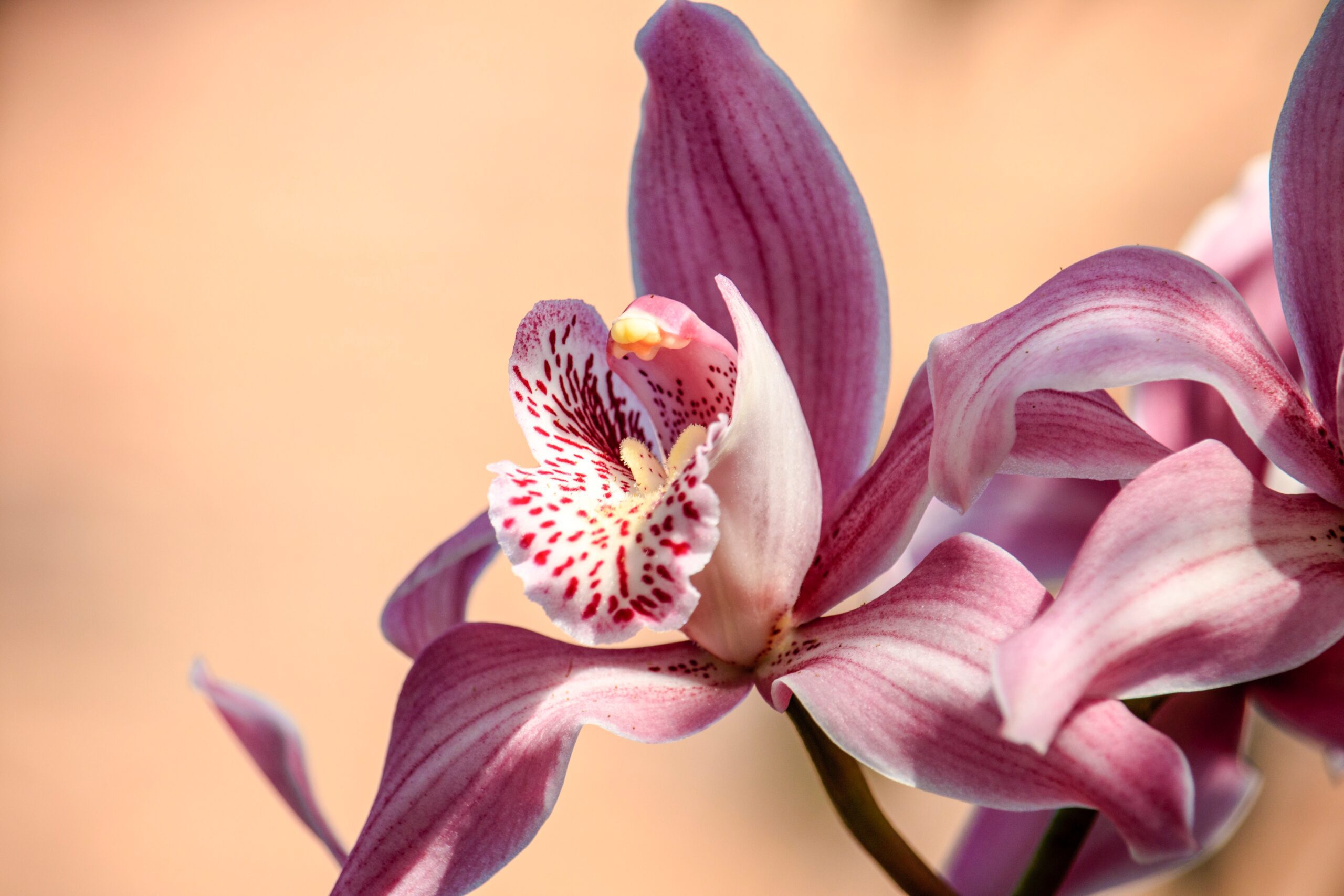Whether you’re a seasoned gardener or not, you’re likely familiar with orchids and their illustrious blooms. They are a popular houseplant and fortunately can be started anytime for indoor growth.
Some may think orchids to be difficult plants to care for and maintain indoors due to their requirements, but orchid care is relatively easy. As with any plant, it’s best to familiarize yourself with their ideal conditions and how they best like to be cared for.
The many varieties of orchids
Orchids come in over 25,000 varieties, where only a few are suitable for indoor housplants. Of those varieties, there are also quite a few that are considered cold-hardy plants. Below are a few that orchids are suitable for zone 8:
Lady Slipper Orchids
Lady Slipper orchids (Cypripedium spp.) are native across North America and Europe. They get their name due to the flower resembling a lady’s slipper as it is closed tightly and has a small opening in the front.
Blooms of Lady Slipper orchids range from white and yellow to deeper shades like purple and pink. It is recommended that if you want to plant this plant outside, you grow your seedlings indoors for at least two seasons.

Lady’s Tresses Orchids
Lady’s Tresses orchids are known for their small, braid-like flowers. They are fragrant and are suitable for growing zones USDA 3-9.
They best thrive in well-watered soil and can even sustain several inches of water as they are aquatic plants.

Calanthe Orchids
Calanthe orchids are easy-to-grow orchids that exist in over 100 species. These orchids are great for growing indoors and don’t require bright sunlight which is suitable for those who don’t get enough light in their indoor space.
These orchids also thrive in rich soil whether you choose to plant them indoors or in the ground.

How to care for orchids
Caring for your orchids is straightforward for gardeners of all levels to follow:
Opt for bright, indirect sunlight
Orchids need bright light to thrive, but it’s important to note that direct light may be too harsh for your plants and can even burn them.
It’s best to opt for bright, indirect sunlight, especially when planted indoors, preferably from a south or east-facing window.
Stick to fast-draining soil
The right mix of soil is key to helping your orchids thrive. Orchids do not grow in potting soil or potitng mix. Instead, it is best to stick to an orchid growing soil that is fast-draining.
This can be purchased at a garden shop near you, or you can even create your own. If you decide to create your own mix, some materials that are best to use include bark, perlite, and peat.
Keep them well-watered
Careful watering is key to keeping your orchids happy and healthy. If your pot feels light or the soil feels dry, this indicates that your orchids are in need of watering.
In the warmer months, it’s best to water them twice a week, and in the cooler months, you can cut back to once a week.
Sustain humidity levels around 40%-70%
When caring for your orchids indoors, they do best in temperatures ranging between 50 and 90 degrees fahrenheit. Preferred humidity levels are around 40%-70%.
It is best to avoid placing your orchids in areas where there is dry air or direct heat as they can damage the plant’s delicate flowers.
Use orchid-specific fertilizier
When purchasing orchids, they’ll often come labeled with instructions that indicate the best fertilizer for the orchid that you choose.
If you’re ever curious about the best orchid-specific fertilizer to use for your plant, your local garden shop like us here at Clearview can help!
When you’re unsure of what plant to choose, you can never go wrong with orchids. With this plant, there’s no need to be intimidated as they are not only easy to maintain and grow, but they are beautiful to look at!
Free Gardening Resource
THE ULTIMATE GUIDE TO CLEMATIS!
Sign up for our newsletter and get your copy!

